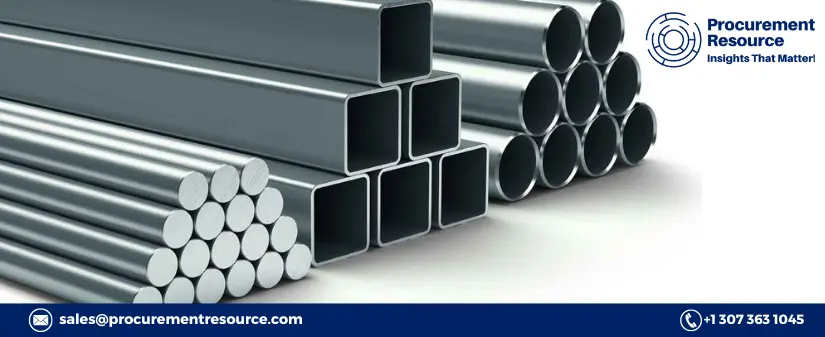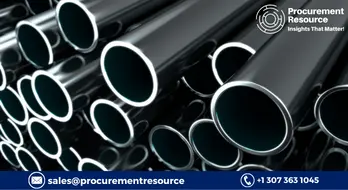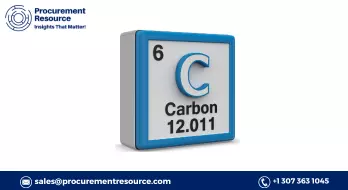Stainless Steel Prices See a Significant Surge in the European Market Recently

The prices of stainless steel in the European Union are on the rise due to a combination of limited availability and towering demand (at least relatively to the paucity of supplies). This situation is leading to a growing dissatisfaction among European steel consumers, who are challenging the demands of local steel producers for more protection in the market. These consumers feel that policies favoring domestic manufacturers are disadvantaging them.
The challenge is compounded by significant sanctions against Russia, which have cut off a substantial portion of steel exports to the EU. This has forced European steel users to seek alternative sources, a need that the EU is struggling to meet internally.
The ongoing decrease in crude steel production within the EU is a long-anticipated issue. It is often cited as a justification for additional protective measures against imports from countries like China. Many of the region's blast furnaces are aging and require updates or replacements.
Despite the outdated nature of the EU's alloy surcharges for stainless steel, they continue to be a focal point. These surcharges have seen increases in recent months, influenced by the stabilization of nickel prices. Concurrently, the demand for stainless steel is reviving, while the supply from EU producers is becoming even more constrained.
Isn’t Brussels being too scrupulous in implementing ‘protective measures’?
Domestic steel users are advocating for reduced market protection measures from Brussels. The EU has relied on steel imports for over a decade, with a significant gap between demand and supply.
The European Commission has long been aware of this issue, and projections suggest that steel consumption in the EU will outpace what local manufacturers can provide. Moreover, the domestic steel processors are undergoing a crunch in the market amid the unfavourable dynamics of less supplies and the monopoly of the domestic producers.
Furthermore, the credibility of the EU's stance on subsidies is under scrutiny. While Brussels criticizes subsidies from countries like China, EU steel manufacturers have benefited from substantial subsidies in the form of free emissions certificates for years. Additionally, significant investments are being made in steelworks that are reluctant to align with the EU Green Deal, despite the long-standing awareness of the challenges facing the EU steel market.
Read More About Stainless Steel Production Cost Reports - Request Free Sample Copy in PDF
According to the article by Procurement Resource, stainless steel prices in the EU are rising due to limited availability and increasing demand, leading to dissatisfaction among consumers who feel disadvantaged by policies favouring domestic producers. Sanctions against Russia have exacerbated the issue by cutting off a significant steel supply. The EU's reliance on steel imports, aging blast furnaces, and debates over market protection measures and subsidies highlight the complex challenges facing the EU steel market.




